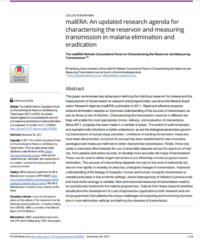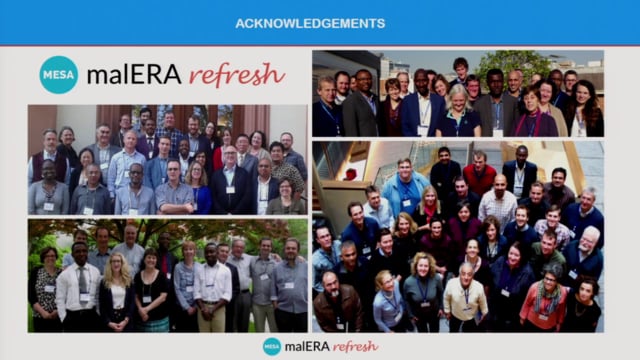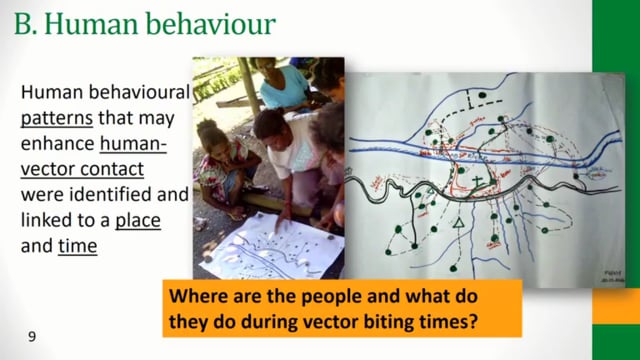malERA: An updated research agenda for characterising the reservoir and measuring transmission in malaria elimination and eradication
Published: 30/11/2017
The malERA Refresh Collection Review: An updated research agenda for characterising the reservoir and measuring transmission in malaria elimination and eradication.
This paper summarises key advances in defining the infectious reservoir for malaria and the measurement of transmission for research and programmatic use since the Malaria Eradication Research Agenda (malERA) publication in 2011. Rapid and effective progress towards elimination requires an improved understanding of the sources of transmission as well as those at risk of infection. Characterising the transmission reservoir in different settings will enable the most appropriate choice, delivery, and evaluation of interventions. Since 2011, progress has been made in a number of areas. The extent of submicroscopic and asymptomatic infections is better understood, as are the biological parameters governing transmission of sexual stage parasites. Limitations of existing transmission measures have been documented, and proof-of-concept has been established for new innovative serological and molecular methods to better characterise transmission. Finally, there now exists a concerted effort towards the use of ensemble datasets across the spectrum of metrics, from passive and active sources, to develop more accurate risk maps of transmission. These can be used to better target interventions and effectively monitor progress toward elimination. The success of interventions depends not only on the level of endemicity but also on how rapidly or recently an area has undergone changes in transmission. Improved understanding of the biology of mosquito–human and human–mosquito transmission is needed particularly in low-endemic settings, where heterogeneity of infection is pronounced and local vector ecology is variable. New and improved measures of transmission need to be operationally feasible for the malaria programmes. Outputs from these research priorities should allow the development of a set of approaches (applicable to both research and control programmes) that address the unique challenges of measuring and monitoring transmission in near-elimination settings and defining the absence of transmission.


